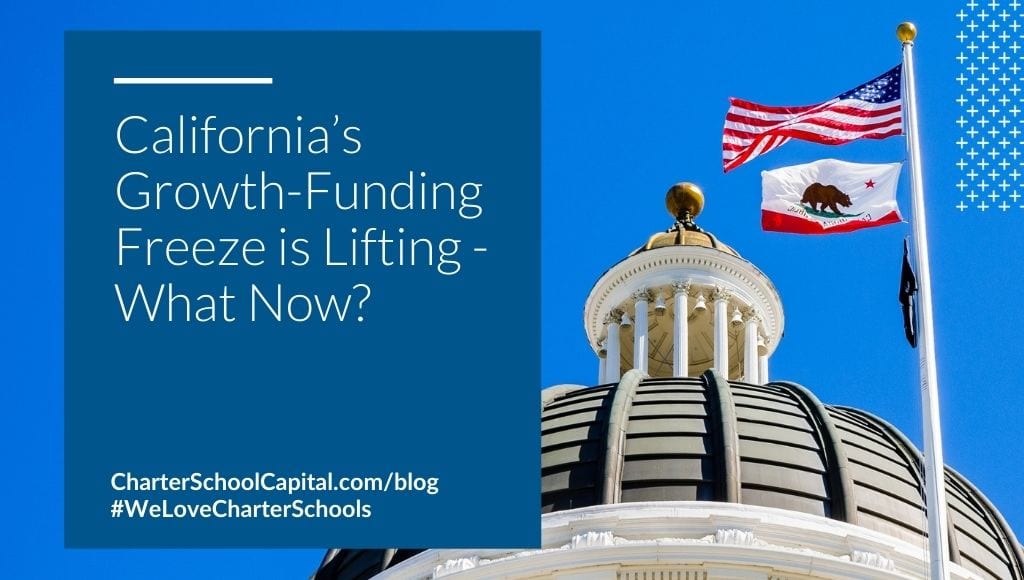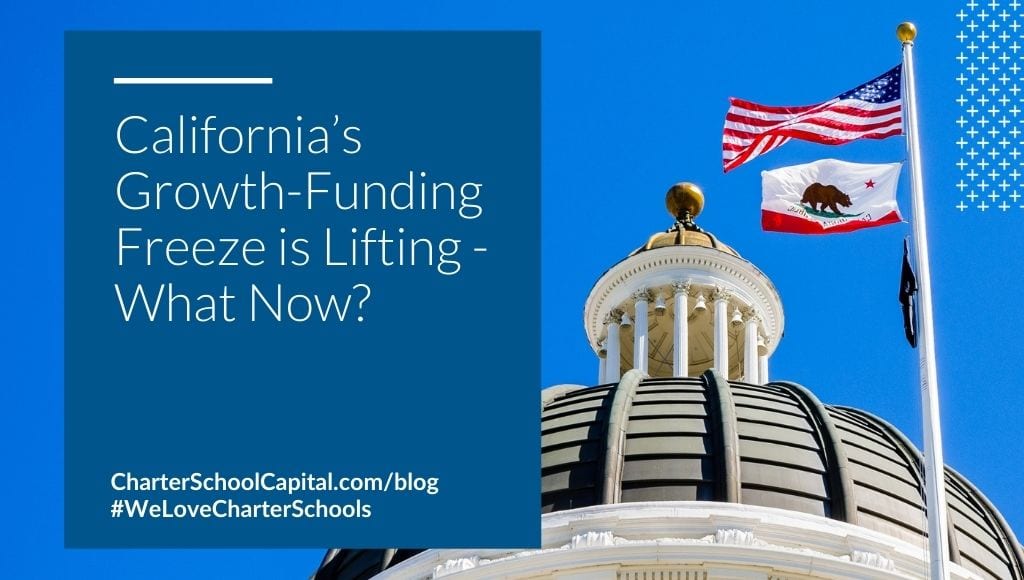
California’s Hold Harmless provision was paved with good intentions, and we all know that sometimes the best intentions have unintended consequences.
Back in June 2020, Governor Gavin Newsom signed an executive order freezing funding for California schools. The new state budget extended the 2019-2020 attendance levels and base per-pupil funding rates to 2020-2021. This “Hold Harmless” measure, intended to safeguard California schools from predicted declining enrollment due to the pandemic, had an unwanted negative impact on growing schools – charter schools and district schools alike.
The Error: Not Accounting for Growth
The shortsightedness was not considering growth. Several schools had received approval to open new schools or grow their enrollment in the fall of 2020. For schools that expanded their facilities or increased enrollment, this measure cut their legs from under them, as it prevented those schools from receiving the increased funding justified by their growth. This placed many such schools under undue duress.
During the 2020 summer, four charter schools filed a lawsuit (pdf) in the California Superior Court, claiming the state’s funding formula would illegally deny payments for new students.
The Shortcomings of SB 820
As a band-aid solution, the state legislature passed Senate Bill 820. This bill allows growing schools to receive higher levels of funding proportional to their increased enrollment. However, the plaintiffs in the Atkins case raised concerns. SB 820 provides for actual or projected enrollment funding, but it only honors the lower of the two enrollment numbers. Should a charter school succeed in enrolling many more students than projected, it would have to contend with the funding shortfall.
The other significant issue with SB 820 is that the bill specifically targeted non-classroom-based schools as ineligible for receiving any growth funding in fiscal year 2021. In other words, any additional students the school onboarded would receive $0 per student, inhibiting non-classroom-based charters in high demand from serving students.
What’s Happening Now
Recently, California lifted the Hold Harmless provision for fiscal year 2022. However, many charter schools are not filing the spring enrollment count in fiscal year 2021 (P2). This would typically set the stage for a school’s final apportionment for that year and determine the funding amounts for the first half of fiscal year 2022. With schools not filing in the spring, their Advance Apportionment (generally July 2021 – January 2022) funding will be at the same level as in the previous year.
When schools file P1 in January 2022, schools will claim their new student numbers and ultimately get a true-up for their additional students (this funding will be spread through the Spring 2022 funding amounts). For growing schools, this creates a seven-month gap to navigate.
During this timeframe, schools that have grown will have to manage all the additional expenses for onboarding and growth without the funding to match from the state until February 2022. This will be the most significant financial challenge for any school growing into fiscal year 2022.
Remember, this is a timing gap, not an actual financial burden in the school’s long run. New students will add long-term value to the school by providing additional resources to deploy back into the program, benefitting the entire student population.
Additionally, since this P1 count will be the first time funding numbers are changing since fiscal year 2020, it will be the first time in three years that charter schools are finally getting appropriately funded, based on reported and validated numbers. With many students going back to school in the fall, this will likely create an undue financial hardship to expanding schools.
Aside from the practical problem of securing financing, this is likely to have a demoralizing effect on school administrators and educators – it’s like getting penalized for success.
What Can Your School Do? Our Key Four Recommendations
- Grow for efficiencies
- Have cash on hand
- Develop a solid fiscal projection
- Have a financing resource available at your disposal
Growth Is Survival
As we covered in a recent blog post by Tricia Blum, the best way to reach sustainability and add value to your students is to grow. The main reason for this is in the simple formula of fixed costs vs. variable costs. By expanding your enrollment, you’re reducing your fixed costs’ footprint, leading to more control over your school’s financial position.
Growth is a long-term strategy. Once you onboard a new student, your school’s cost will decrease over time, while the revenue will increase. This will expand your school’s long-term financial resources, enabling you to develop and deploy new programs, buy supplies, hire more teachers, etc.
The challenge for California schools is that, unless they have significant reserves, they’re likely to need some form of interim financing.
Cash on Hand
Almost more important than the annual budget is your month-to-month cash flow. If the school isn’t paid on a portion of your students until the second half of the year, will you have the capital to cover the expenses related to those students?
Most schools aim to have a cash balance of up to 60 days of cash on hand. At that level, the school could survive two months in the event revenue is interrupted. If your school doesn’t have such a reserve, you should seriously consider an established financing source (Reminder: the funding gap will return to a full 7+ months in fiscal 2022).
A Solid, Realistic Projection
In uncertain times, the more certainty, the better. Work out a solid projection of your next fiscal year (and beyond). Add a realistic forecast of revenues, all anticipated expenses, a realistic forecast of cash-flow monthly going forward, and always add a margin for incidentals.
Work with your back-office provider (BOP) or internal resource. If you don’t have someone like that, find a partner that can help you with financial planning. At Charter School Capital, we make our Business Consulting services available to each of our clients.
Send In the Cavalry: Having a Financing Resource at the Ready
Even with a reliable cash-flow forecast and known cash-on-hand, your school must have a financial backup plan. By doing so, you’re preparing your school for a potentially significant, unexpected revenue challenge with the state or another COVID-related crisis.
If you want to learn more about how to finance your school’s growth, download our growth guide or contact our team. We can help you forecast your cash flow, evaluate your school’s needs, and provide a financing backup plan that’s ready to execute in case of emergency.
